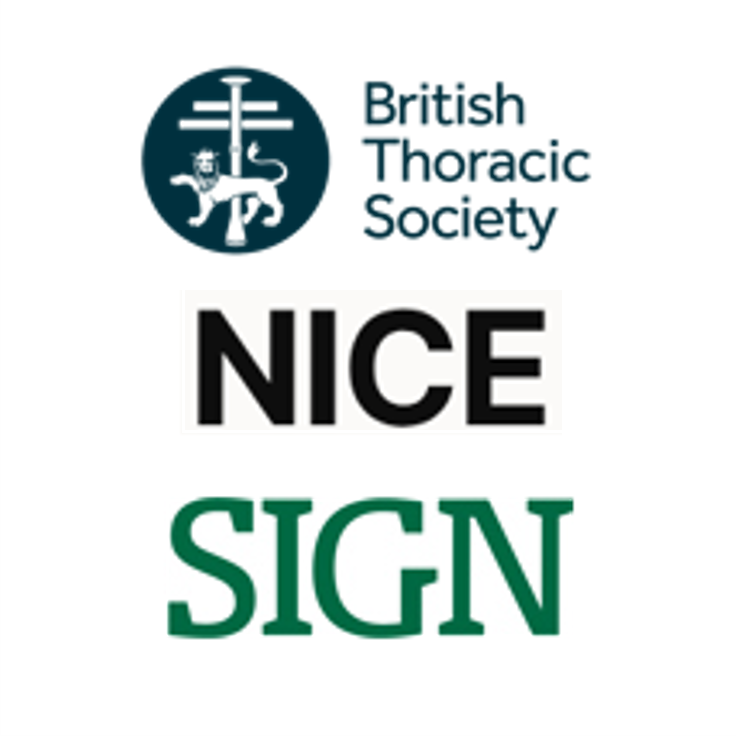There is little high-quality evidence to guide treatment at this stage of an acute asthma attack and it is important to involve a clinician with the appropriate skills in airway management and critical care support as early as possible.
Other therapies
Heliox
There is no evidence to support the use of heliox for the treatment of acute asthma in childhood.
Critical care settings
In children with acute asthma and a poor response to standard therapy (inhaled bronchodilators, steroids, oxygen and intravenous bronchodilators) other therapies may be considered in the appropriate critical care setting with the appropriate available expertise. There is little high-quality evidence to guide treatment at this stage of an acute asthma attack and it is important to involve a clinician with the appropriate skills in airway management and critical care support as early as possible.
Extracorporeal membrane oxygenation
There is no good quality evidence on the use of ECMO in children, probably reflecting, in part, the low number of children who would be suitable for this approach. Extracorporeal membrane oxygenation has, however, been used successfully in other forms of critical respiratory failure in children for a number of years and there are four paediatric ECMO centres in the UK that would consider treating children with near-fatal asthma who are not responding to conventional treatment (Glenfield Hospital, Leicester; The Freeman Hospital, Newcastle; The Royal Hospital for Children, Glasgow; and Great Ormond Street Hospital, London).
Recombinant human deoxyribonuclease
There is no evidence to support the use of recombinant human deoxyribonuclease in acute asthma in children.
Children with asthma not responding to standard treatment should be evaluated by a specialist with the appropriate experience and skills to use and assess medication familiar to those in critical care settings.
